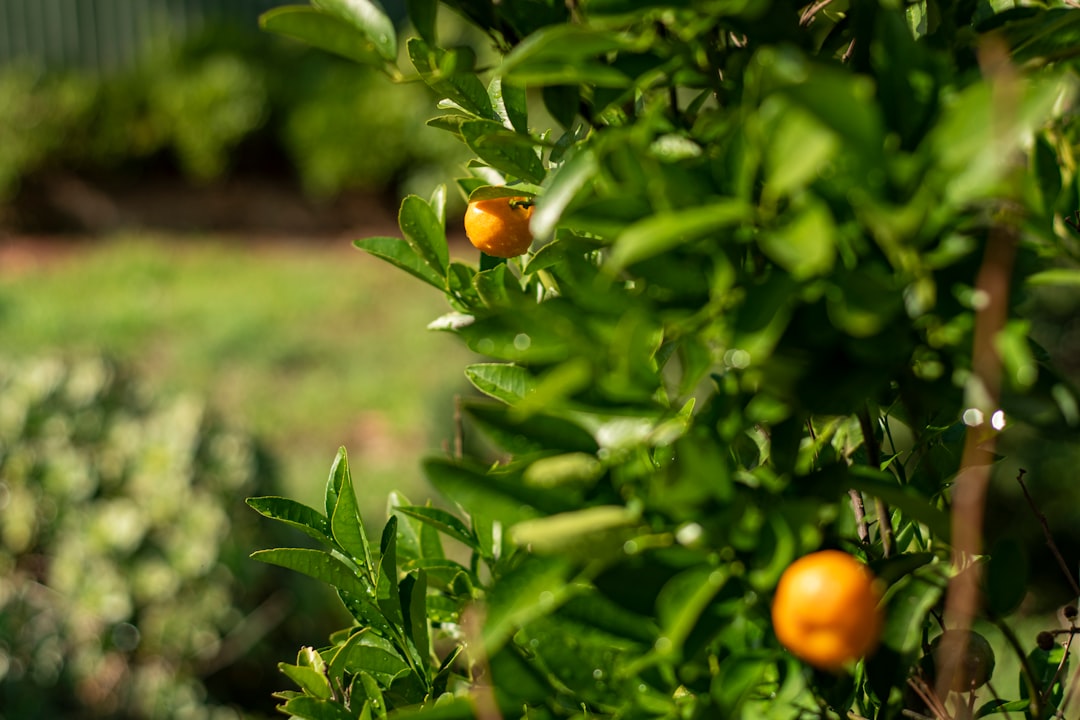The Art of Integrating Chicken Coops into Your Landscape

The Significance of Thoughtful Chicken Coop Design in Landscaping
When it comes to landscaping, the inclusion of a chicken coop can be a game - changer. It's not just about providing a home for your chickens; it's about creating a harmonious and functional element within your outdoor space. A well - designed chicken coop can serve as an eye - catching focal point, adding character and charm to your garden.
One of the primary considerations in designing a chicken coop for landscaping is its location. You need to choose a spot that is both convenient for you to access and suitable for the chickens. It should have good drainage to prevent waterlogging, which can lead to health problems for the flock. Additionally, the location should receive an appropriate amount of sunlight. Chickens need sunlight for vitamin D synthesis, but too much direct sunlight in hot climates can cause overheating. A balance must be struck, perhaps by placing the coop in a partially shaded area, such as under a large tree or near a structure that provides some relief from the sun.
Functionality Meets Aesthetics
Functionality is key when it comes to chicken coops. The coop should be large enough to comfortably house your flock. A general rule of thumb is to provide at least 2 - 3 square feet of indoor space per chicken. This allows the chickens to move around freely, roost, and nest without feeling cramped. The coop should also have proper ventilation to ensure a constant supply of fresh air. This helps prevent the build - up of ammonia from chicken droppings, which can be harmful to their respiratory systems.
However, functionality doesn't mean sacrificing aesthetics. There are numerous ways to make your chicken coop an attractive part of your landscape. You can use materials that blend in with the surrounding environment. For example, if your garden has a rustic theme, a coop made of reclaimed wood can be a perfect fit. You can paint the coop in colors that complement the flowers and foliage in your garden. Bright, cheerful colors can add a pop of color, while more muted tones can create a more subtle and sophisticated look.
Design Ideas for Chicken Coops
One popular design idea is the cottage - style chicken coop. This type of coop often features a pitched roof, small windows, and a charming facade. It can be decorated with window boxes filled with colorful flowers, giving it a cozy and inviting appearance. The cottage - style coop can be a great addition to a traditional or country - style garden.
Another option is the modern - minimalist chicken coop. This design focuses on clean lines and simplicity. It may be made of materials like metal and glass, which can give it a sleek and contemporary look. A modern - minimalist coop can be a great choice for a more urban or contemporary landscape.
You can also consider a multi - level chicken coop. This design maximizes the use of space, especially if you have a limited area. The different levels can be used for different purposes, such as a sleeping area on the upper level and a feeding and roaming area on the lower level. A multi - level coop can add an interesting vertical element to your landscape.
Landscaping Around the Chicken Coop
Once you have your chicken coop in place, it's important to landscape around it. You can plant low - growing shrubs and flowers around the base of the coop to soften its edges. Herbs like thyme, oregano, and lavender are not only attractive but also have natural pest - repellent properties, which can be beneficial for the chickens. You can also create a small pathway leading to the coop, using materials like gravel or stepping stones. This not only makes it easier for you to access the coop but also adds a decorative element to the landscape.
Adding a small water feature near the chicken coop can also be a great idea. A small pond or a bubbling fountain can provide a source of water for the chickens and create a soothing and relaxing atmosphere in the garden. The sound of running water can also help mask any noise from the chickens, making the area more pleasant for you and your neighbors.
Maintenance and Sustainability
Maintaining a chicken coop in a landscaped area requires some effort. Regular cleaning is essential to keep the chickens healthy and to prevent unpleasant odors. You should also check the coop regularly for any signs of damage, such as loose boards or holes, and make repairs as needed.
When it comes to sustainability, you can incorporate features like a rainwater collection system. This can be used to provide water for the chickens, reducing your reliance on municipal water sources. You can also use the chicken manure as a natural fertilizer for your garden. This not only reduces waste but also enriches the soil, promoting healthy plant growth.
In conclusion, integrating a chicken coop into your landscape is a rewarding endeavor. It allows you to enjoy the benefits of raising chickens while enhancing the beauty and functionality of your outdoor space. With careful planning, design, and maintenance, your chicken coop can become a beloved and valuable part of your garden.